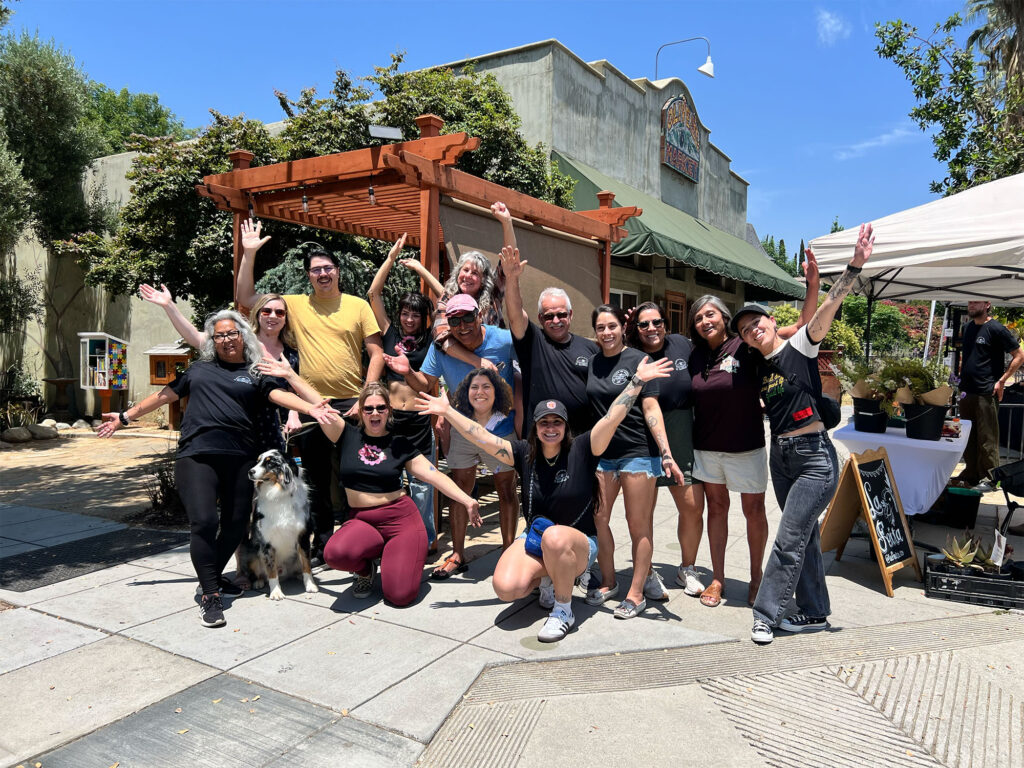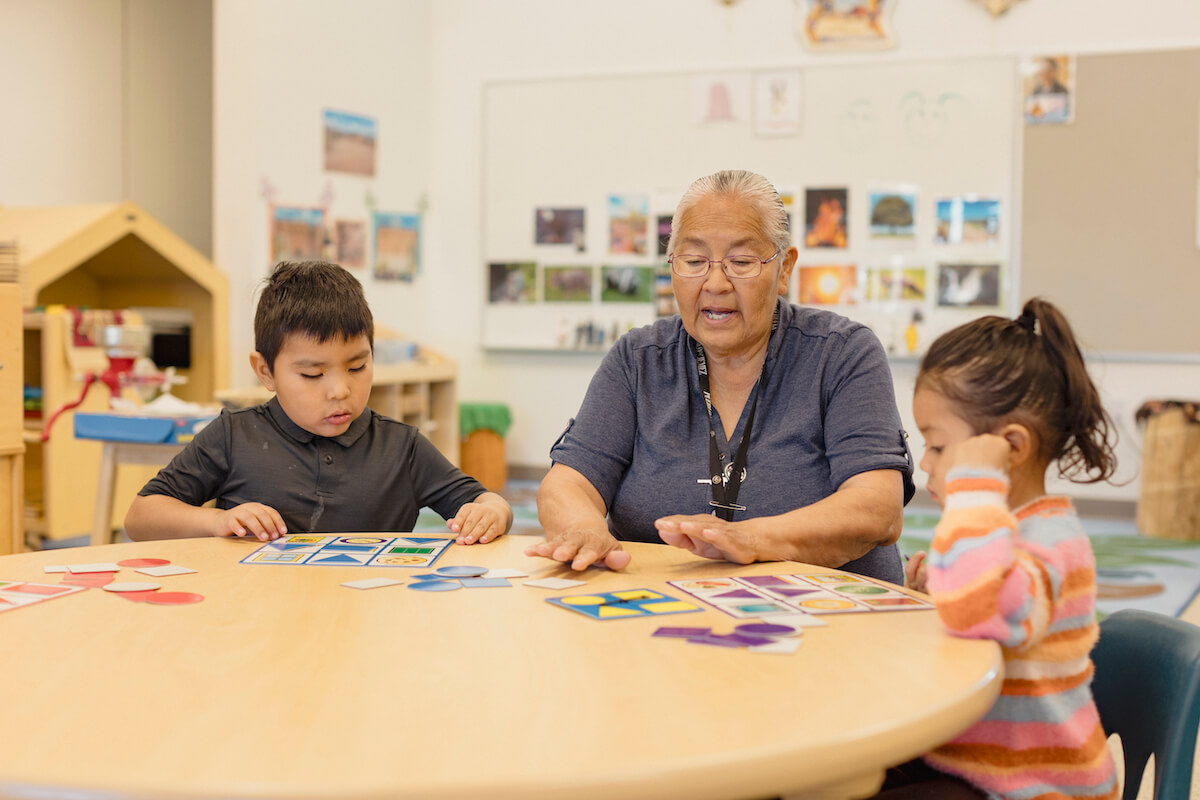Report on Emerald High School Expansion and Contribution to Sustainable Development Goals
Introduction: Infrastructure Development for Quality Education
Emerald High School is set to begin the 2025-26 academic year with newly completed facilities, marking the conclusion of Phase II of its three-part construction plan. This expansion significantly increases the school’s capacity and enhances its educational resources, demonstrating a strong commitment to achieving key United Nations Sustainable Development Goals (SDGs), particularly SDG 4 (Quality Education), SDG 9 (Industry, Innovation, and Infrastructure), and SDG 11 (Sustainable Cities and Communities).
Phase II Completion: A Commitment to SDG 9 (Industry, Innovation, and Infrastructure)
The completion of Phase II represents a significant investment in resilient and modern infrastructure. The project, part of a total construction budget of approximately $374 million, focuses on building facilities that support long-term educational and community needs. The final phase of the project is scheduled for completion in April 2027.
Key Infrastructure Additions
- A new three-story academic tower.
- An extension for visual and performing arts.
- Additions to the stadium, including public facilities.
- A new maintenance and operations building.
Enhancing Educational Opportunities: Aligning with SDG 4 (Quality Education) and SDG 8 (Decent Work and Economic Growth)
The new facilities are designed to provide inclusive, equitable, and quality education while promoting lifelong learning opportunities. The campus capacity has been increased from 1,300 to 2,500 students, accommodating an expected enrollment of 1,500 for the upcoming year. This expansion directly supports SDG 4 by ensuring access to quality learning environments.
New Educational and Vocational Facilities
The development introduces specialized classrooms that foster skills relevant to future employment, contributing to SDG 8 by promoting productive employment and decent work.
- 39 new classrooms in the second academic tower.
- Specialized rooms for engineering, culinary arts, and ROP construction.
- A broadcast technology classroom and a dance facility.
Building Sustainable Communities: Progress Towards SDG 11 (Sustainable Cities and Communities) and SDG 17 (Partnerships for the Goals)
This project strengthens the local community by providing essential educational infrastructure, making the city more inclusive, safe, and sustainable, in line with SDG 11. The future Catherine C. Kuo Performing Arts Center, planned for Phase III, will further enhance community and cultural assets.
Collaborative Funding and Partnerships (SDG 17)
The project’s financing model exemplifies SDG 17 by leveraging partnerships between local and state entities to achieve development goals. The funding was secured through a combination of community-supported measures and state propositions.
- Measure H: $170 million
- Measure J: $200 million
- Proposition 51: $4 million
Analysis of Sustainable Development Goals (SDGs) in the Article
1. Which SDGs are addressed or connected to the issues highlighted in the article?
-
SDG 4: Quality Education
The article is centered on the expansion and improvement of Emerald High School, a secondary education institution. By constructing new classrooms, specialized learning facilities (engineering, culinary, arts), and increasing the school’s capacity, the project directly contributes to providing quality education.
-
SDG 9: Industry, Innovation and Infrastructure
The core topic is the construction of significant infrastructure—a new academic tower, a performing arts center, and stadium additions. This represents the development of quality and reliable social infrastructure to support human well-being and community development, as detailed by the construction phases, costs, and funding sources.
-
SDG 11: Sustainable Cities and Communities
The project enhances community facilities. The school, with its new stadium and future performing arts center, serves as a public space for students and the wider Dublin community. The funding mechanism, relying on community-supported school bonds (Measure H and Measure J), highlights the community’s role in creating inclusive and safe public spaces.
2. What specific targets under those SDGs can be identified based on the article’s content?
-
Target 4.a: Build and upgrade education facilities that are child, disability and gender sensitive and provide safe, non-violent, inclusive and effective learning environments for all.
The article explicitly details the construction and upgrading of educational facilities at Emerald High School. The project includes a new academic tower with 39 classrooms, a visual and performing arts extension, and stadium additions. These efforts are aimed at creating an “effective learning environment” and expanding the campus to be more “inclusive” by increasing its capacity from 1,300 to 2,500 students to accommodate a growing student body.
-
Target 9.1: Develop quality, reliable, sustainable and resilient infrastructure, including regional and transborder infrastructure, to support economic development and human well-being, with a focus on affordable and equitable access for all.
The school construction project is a clear example of developing quality social infrastructure. The article describes the multi-phase, $374 million construction project as creating durable facilities (“academic tower,” “maintenance and operations building”) that support “human well-being” through education and community engagement.
-
Target 11.7: By 2030, provide universal access to safe, inclusive and accessible, green and public spaces, in particular for women and children, older persons and persons with disabilities.
The article mentions the construction of the “Catherine C. Kuo Performing Arts Center” and updates to the stadium, including “home and guests restrooms, a ticket booth, (and) concession facilities.” These facilities serve not only the students but also the broader community, functioning as accessible public spaces for cultural and recreational activities.
3. Are there any indicators mentioned or implied in the article that can be used to measure progress towards the identified targets?
-
Indicators for Target 4.a:
Progress towards building and upgrading education facilities can be measured by several specific data points mentioned in the article:
- The increase in student capacity from 1,300 to 2,500.
- The increase in expected student attendance from 900 to approximately 1,500.
- The number of new classrooms constructed: 39.
- The addition of specialized facilities, such as “engineering, culinary and ROP construction rooms,” a “broadcast technology classroom,” and a “dance facility.”
-
Indicators for Target 9.1:
Progress in developing infrastructure can be measured by the financial investment and funding sources detailed in the article:
- The total investment in the project: “roughly $374 million.”
- The specific cost of Phase II: “approximately $91 million.”
- The amount of public financing secured through bonds and propositions: “$170 million through Measure H, $200 million through Measure J and another $4 million through Prop 51.”
-
Indicators for Target 11.7:
Progress towards providing access to public spaces can be measured by the completion of specific community-oriented facilities:
- The construction of the “Catherine C. Kuo Performing Arts Center” (Phase III).
- The completion of stadium additions, including restrooms, a ticket booth, and concession facilities.
4. Summary of SDGs, Targets, and Indicators
| SDGs | Targets | Indicators |
|---|---|---|
| SDG 4: Quality Education | 4.a: Build and upgrade education facilities that are child, disability and gender sensitive and provide safe, non-violent, inclusive and effective learning environments for all. |
|
| SDG 9: Industry, Innovation and Infrastructure | 9.1: Develop quality, reliable, sustainable and resilient infrastructure…to support economic development and human well-being… |
|
| SDG 11: Sustainable Cities and Communities | 11.7: By 2030, provide universal access to safe, inclusive and accessible, green and public spaces… |
|
Source: pleasantonweekly.com







